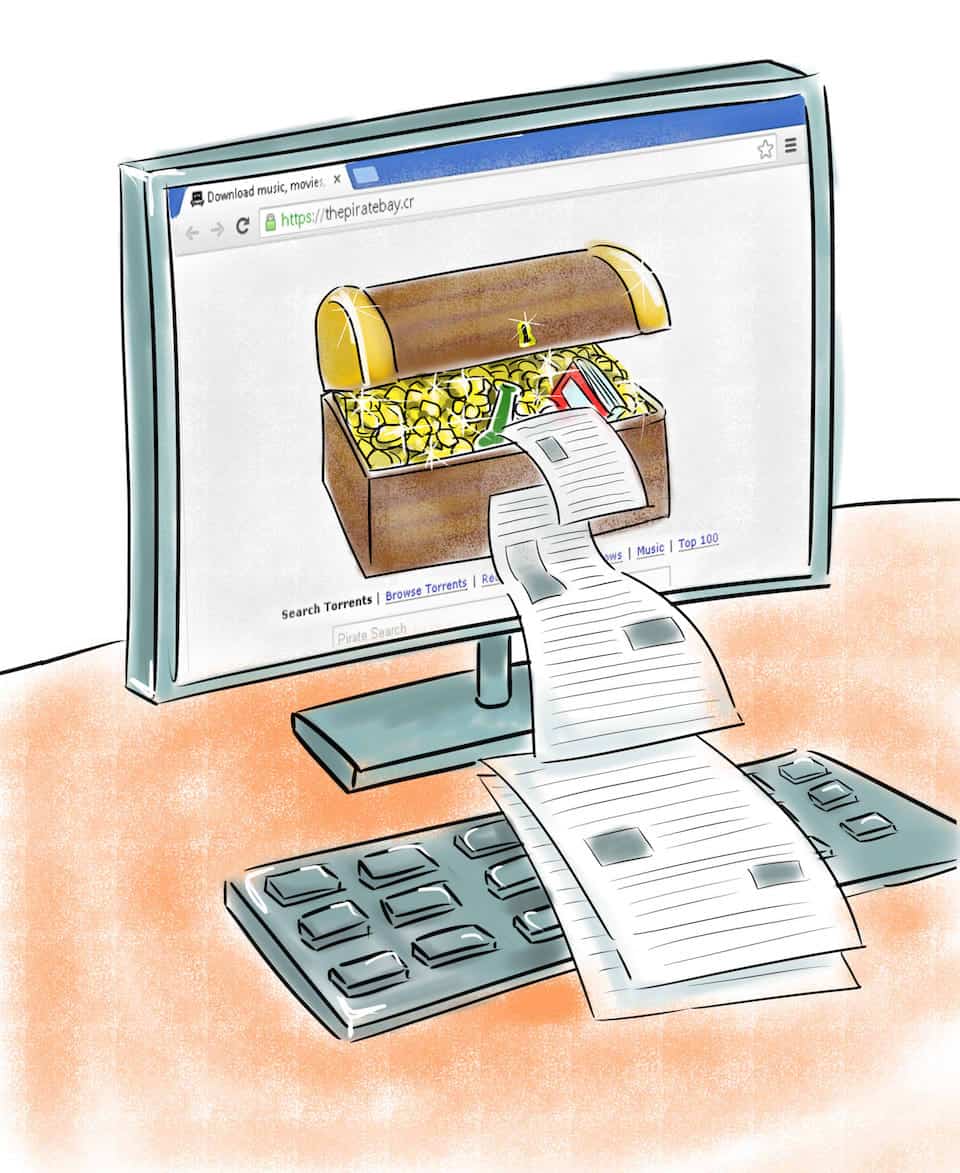[dropcap]A[/dropcap]s a U of T student, part of my student fees go towards guaranteeing access to subscriptions for dozens of academic journals. Without this subsidized access it would be necessary to pay as much as $30 per article in some popular journals. To gain extended access to a high-profile journal like Nature or Science, a year-long subscription would set you back hundreds of dollars.
It is no wonder, then, that scientist Alexandra Elbakyan created Sci-Hub, a website that allows users to pirate more than 47 million academic papers. In response, online publishing giant Elsevier — which has faced backlash from over 12,000 academics, including some from U of T — filed a legal complaint againt the website, which has since been suspended.
In response, Elbakyan moved her website to a new domain. She argued that charging for the papers was in violation of Article 27 of the United Nations Declaration of Human Rights, which pertains to one’s right to share in scientific advancement.
As a student researcher, I support Elbakyan. Costly journals and subscriptions slow the progress of research and education. Her actions are unsurprising, given that the current publishing models do not offer an appropriate balance between the cost and accessibility of academic articles.
Open access journals, such as the Public Library of Science, are on the rise and seem to be ushering in an age of freely available information. They are able to disseminate research to a larger audience, without steep subscriptions cost obstructing access to research.
Without the profits from user subscriptions, however, these journals must rely on other sources of funding that ultimately decrease the quality of their published articles. There are several models, such as an article processing fee or a membership that researchers can pay for to receive publishing privileges. This erodes the integrity of the peer review system, as it puts those endowed with more money, who may simply buy a spot in the journal, in a position of privilege.
This results in a conundrum: if we want cheaper articles and subscriptions, journals will have to increase the amount of papers they publish, and find a way to make up for the subsequently decreasing quality.
In conditions like these, piracy seems like a viable catalyst towards a solution; we cannot blame Elbakyan for trying to access articles she needs to further her research.
It is worth considering the way TV show and movie producers have skirted around this problem. The high cost of cable and DVDs once generated a spike in piracy, which has recently decreased with more affordable streaming services like Netflix.
Research journals should consider similar solutions if they hope to decrease piracy without sacrificing the quality of their content. They must work out an appropriate profit margin that balances these concerns.
To achieve this ambitious goal, perhaps collaboration is in order. By selling subscriptions to a third party website or program, users may be able to access articles for a reasonable monthly subscription cost.
In this case, the unaffordable prices of academic articles inevitably led to piracy, yet an entirely open access system is not a feasible solution. It is therefore in the best interest of journals to seek third party collaborations, and aim to allow access to multiple journal subscriptions at fair prices.
Simon Spichak is a third-year student at New College studying neuroscience.


